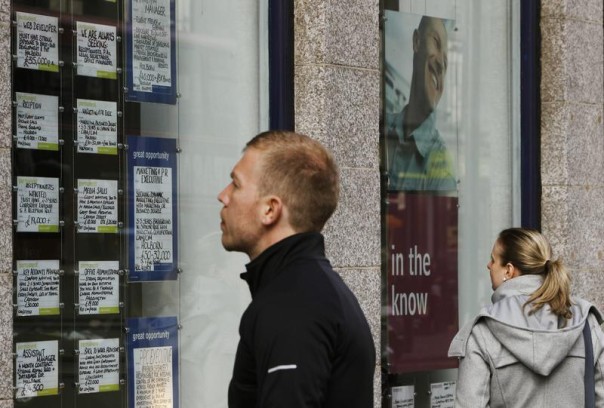Home
About Us
by: Michael Saunders
Your credit history reported is shown as a three-digit number, and you should know what that number is, especially if you plan to purchase anything on credit soon. This three-digit number is most commonly known as a FICO score. (FICO is an acronym for Fair Isaac and Co., the company that began developing credit-scoring systems in the 1950s.) The people at FICO claim to use 30 different factors to determine risk. However, they won't disclose the exact formula for arriving at these scores. All three of the major credit bureaus (Equifax, Trans Union, and Experian) use FICO scores.
Credit scoring uses your credit history to evaluate the likelihood of your loan going into default. Scoring has been used in the credit card and installment loan industries for years. Now, credit scores are also being used in the mortgage industry. Having a credit score helps lenders streamline underwriting by quickly categorizing borrowers. A high credit score may mean that your application will receive only a superficial review by the prospective lender. A very low score, on the other hand, may get you a quick review and denial.
Your score will fall somewhere between 300 and 900; most consumers fall somewhere between 500 and 800. A FICO in the 500s is a very low score, which translates to lenders as high risk. The 600s is considered a medium score. Your payment history will be closely scrutinized and written explanations regarding the derogatory credit will likely be required prior to issuing any credit. Many lenders will not lend to someone with a FICO of less than 640. A FICO of 680 or higher is considered a high score, which means low risk for the lender and lower costs to the consumer. (continued...)
Understanding Your FICO Score - Are You A High Risk Or Low Risk Credit Applicant?
Page 2
About The Author Michael Saunders has an MBA from the Stanford Graduate School of Business. He edits a site on Credit Repair and Debt Consolidation and is president of Information Organizers, LLC. |
Social Entrepreneurship
Spotlight
Change in the World of Work and Enterprise: Get Young People Into Work

The position young people are dealt with can be complex, and yet the entire economic system is still focused for an age that’s almost gone astray. The solution? Promoting social enterprise and getting these young people integrated into work.
